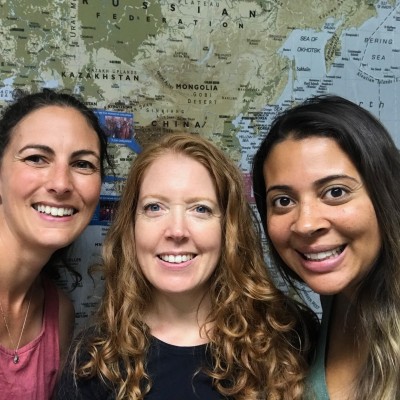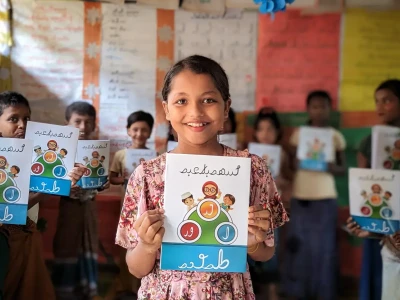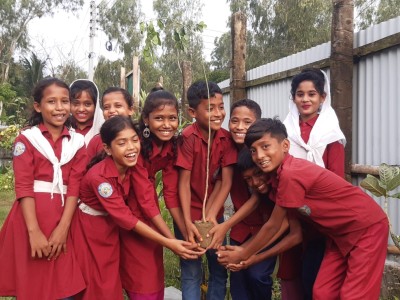A situation assessment in November 2017 revealed that many of the wells implemented by other agencies had been dug too shallow, or built near latrines causing contamination.
After consultation with the local community, we built 34 tube wells which were well placed and dug to over 600ft.
Hassan had been in the camp for two months when we dug the new well in his section. He represents one of the 100 families that used the wells and said:
“There are four other tube wells in our section of the camp, but this is the only one which gives clean water. Before we used to just use the dirty water or walk about 1 km to another deep well in the registered part of the camp”.
Many latrines had been placed either by water sources, creating contamination, or on steep inclines, leaving them at high risk of being washed away once the rainy season comes. They were mostly full or broken, rendering them useless for residents of the camp.
The 200 latrines installed by Children on the Edge were dug to a proper depth and were maintained by community committees who were consulted throughout the process.
Naeem was one of the 35,000 people living in the areas where the new latrines were built. He described how:
“Before people would come and build a well or a latrine and then they leave. They don’t talk to us. We don’t know who they are. They just hang up their sign and leave when it is finished. But these people talk to us. We know who they are. When the other toilets and wells are broken, there is nothing we can do. Some of the wells only worked for one week. It’s a big waste of money”.








